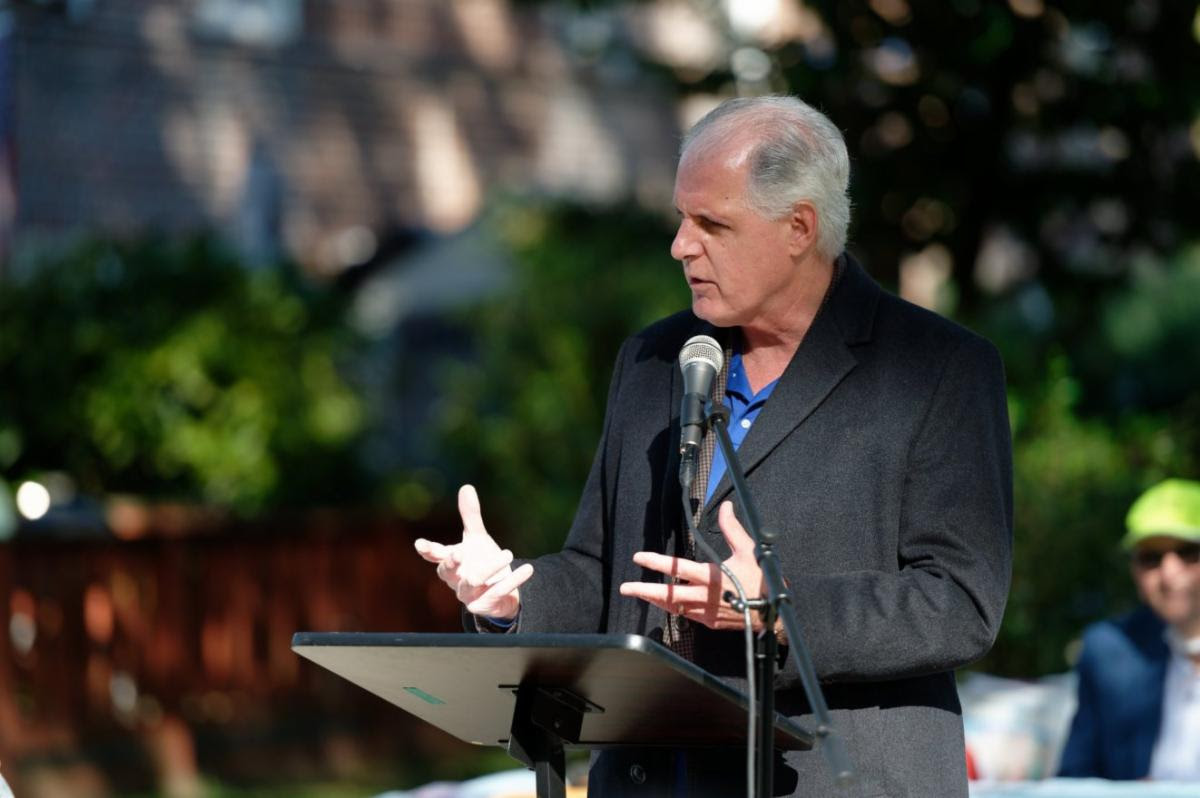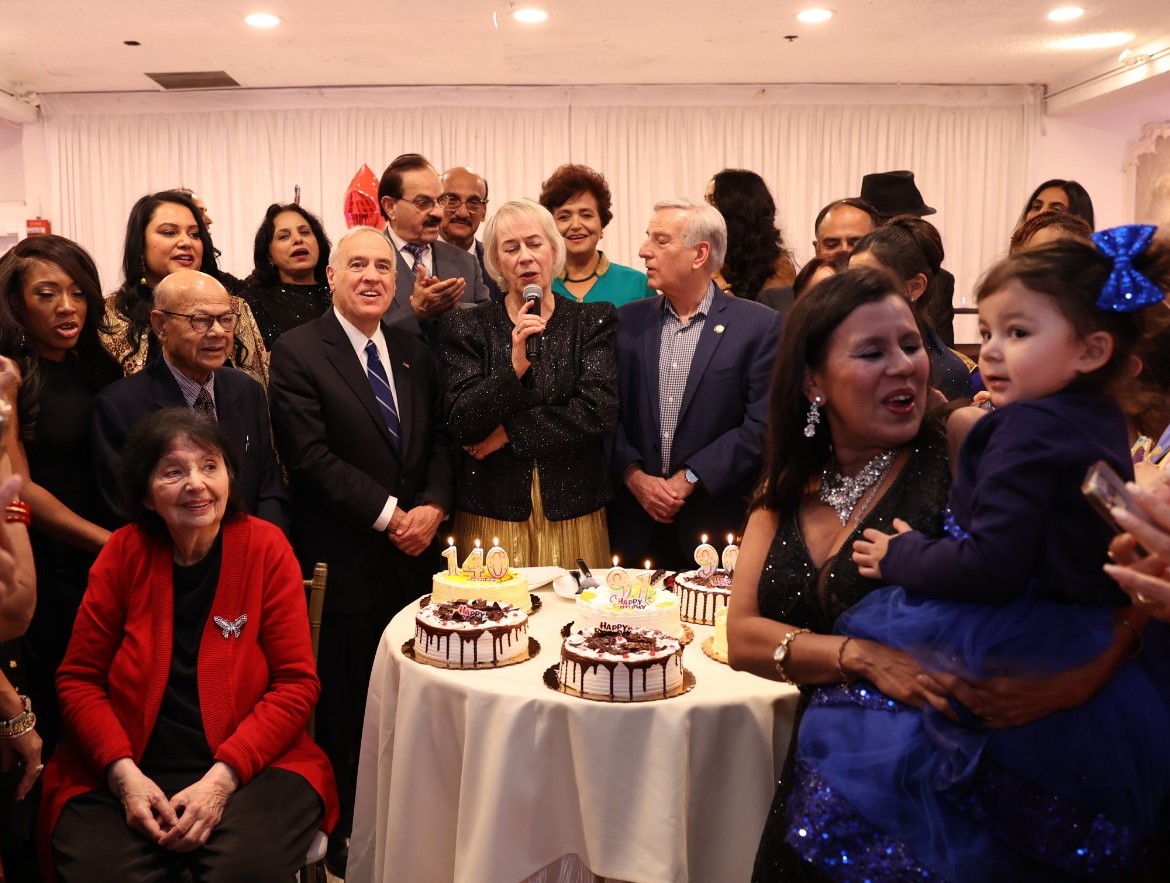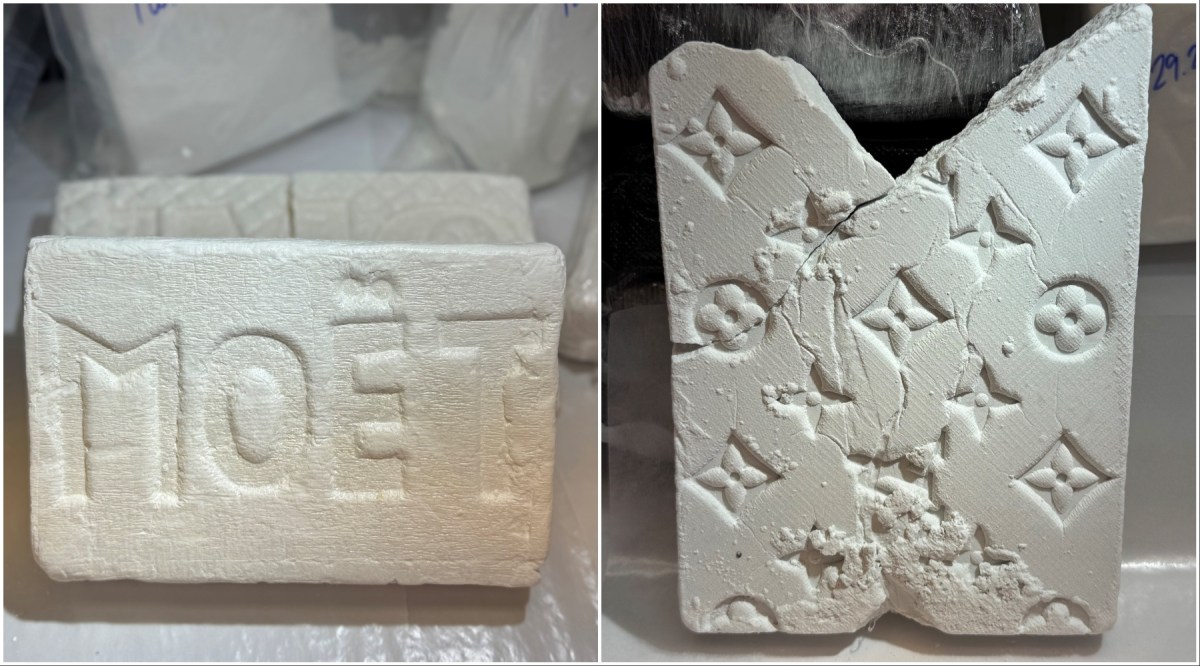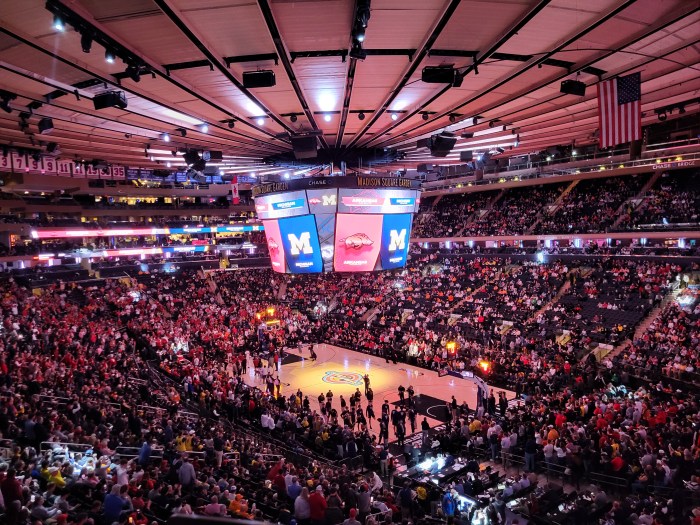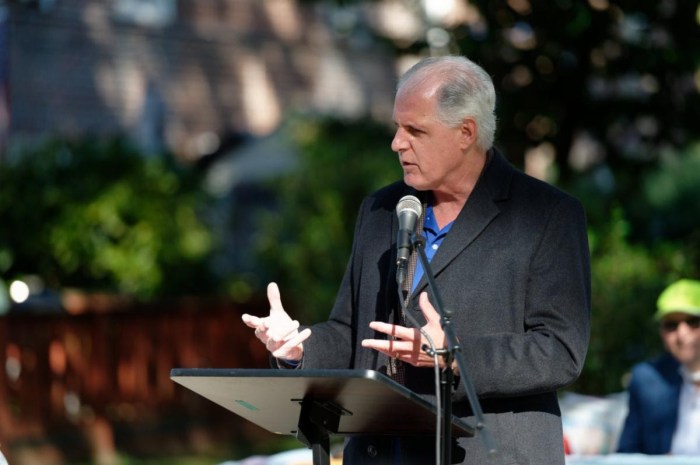By Jerry Tallmer
The thing about Henry Geldzahler, says Frank Stella, was that “he lived with us … other curators don’t live with artists.”
Lived with us, dug us, promoted us, curated us, saw on the instant what was genuine about us (or not), made us famous, hung out with us, partied with us, slept with some of us …
Painter/sculptor Frank Stella is one of those saying this, on camera, to filmmaker Peter Rosen, whose fascinating 80-minute documentary about Henry Geldzahler and the entire American (i.e., New York) art movement of the explosive 1960s opened Wednesday for two weeks at Film Forum.
It’s called “Who Gets to Call It Art?,” and for anyone who lived through that era — and maybe even if you didn’t — it’s like a bracing and wonderful class reunion, or a warm bath of life-giving memories.
Who was Henry Geldzahler? He was a rich kid, the Yale- and Harvard-educated son of a Belgian-born New York City diamond merchant who got himself and his family out of Europe in 1940.
By sophomore year, Henry knew what he wanted to do, work for a museum, but when a bid came from the Met, he turned it down. “Pretty ballsy,” we hear Henry himself saying on a recording. The Whitney, devoted to American artists, was what he had in mind. The Met bid again, and this time Henry left Harvard and in 1960, at the age of 24, Henry Geldzahler became the first curator of contemporary art at the august Metropolitan Museum of Art.
In 1969, at the Met, he mounted one of the most socko art exhibits to hit New York since the famous 1913 Armory Show that had introduced the American public to the universe of European art from the Expressionists to Marcel Duchamp. “Henry’s show” — as it was immediately dubbed – brought together more than 400 works by 43 artists under the rubric “New York Painting: 1940-1970.” An exhibit, says today’s still vital, still productive Frank Stella, “of historical scope.”
One telephone operator at the Met asked Henry why he got so many phone calls. “All my artists are alive,” Henry told her.
There is a well-known painting by David Hockney — a quite large painting — of Geldzahler side-by-side on a couch with Geldzahler’s then boyfriend, the painter Christopher Scott. “Henry had no trouble coming out of the closet as a member of New York’s homosexual community,” we are casually informed by gallery owner Ivan C, Karp, himself one of the early-SoHo pioneers of the movement and, in this film, one of the continuing deep-rooted enthusiasts of the entire art scene of the ’60s.
Hockney of course is another. So are they all, one survivor after another, as they come before us here — John Chamberlain, James Rosenquist, Larry Poons, Mark di Suvero, Francesco Clemente, Ellsworth Kelly, giving their recollections, their praise, of Henry Geldzahler and the revolution he did so much to nurture.
“Henry,” says Ivan Karp, “was the most cool of a very cool bunch of people.” Karp talks of Geldzahler’s “vigorous, lively, energetic spirit,” and of how “[It] was so exciting then … new artists … something incredible happening around me every day … The arts maintained an incredible momentum all through the ’60s.”
Critic Calvin Tompkins speaks of Geldzahler as “a great facilitator” of cross-pollination in the arts.
Hockney’s remembrance: “He [Geldzahler] was an extremely cocky, controversial person. We got on instantly. Henry was 26 or 27 [when they met]. He had a special eye, that’s the point. A fantastic eye. He was always right [in sighting talent], he was never wrong.” And Hockney’s clean, incisive black-and-white portraits of his friend Geldzahler are not wrong either.
John Chamberlain, who makes art out of automobile parts: “What will the public think? Who gives a rat’s ass? It’s their job to catch up.”
Filmdom’s Jonas Mekas remembers the Orchard Street apartment he once had for $14.95 a month. He repeats it, with a sort of wonder: “$14.95 a month.” And talks of the Cedar Tavern on University Place, where you would go a) to get warm, b) because everybody went there, c) to borrow money.
And then there is Andy Warhol, who does little talking (mostly confined to “Yes” or “No”) but who figures throughout “Who Gets to Call It Art?” along with a brief clip from a 90-minute Warhol film consisting wholly of Henry Geldzahler smoking a cigar and cleaning his eyeglasses.
“Those terrible movies,” says jovial advertising man George Lois in recollection of the Warhol Factory’s output. “Foolish stuff, but got a lot of attention.” Lois himself helped spur some of that attention. We see a full-color photo devised — with Warhol’s gleeful cooperation — of tiny Andy drowning in an open Campbell’s soup can.
Of course there are also the cynics. Franz Kline on how to tell which of the crowd is the best artist. “Stuff them all in a sewer, and the one that climbs out first is the best artist.” Robert Rauschenberg on Topic A: “I was never interested in Abstract Expressionism. You have to feel sorry for yourself to be an Abstract Expressionist.” Critic Hilton Kramer on “the small victories” of Pop Art: “A cliché of form superimposed on a cliché of image.” I think it was Kramer who called the big 1940-1970 show at the Met “Henry’s Playpen.”
Mayor Ed Koch appointed Geldzahler the city’s first Commissioner of Cultural Affairs. Geldzahler did that from 1977 to 1982. By then the little Porky Pig, as Ivan Karp affectionately thought of him, had grown a full beard. I am surprised that nobody — at least nobody in this film — has mentioned how much that made him look like another Henri, Toulouse Lautrec.
Henry Geldzahler died of cancer in 1994. He was 59. The dance he danced goes on.
WWW Downtown Express















